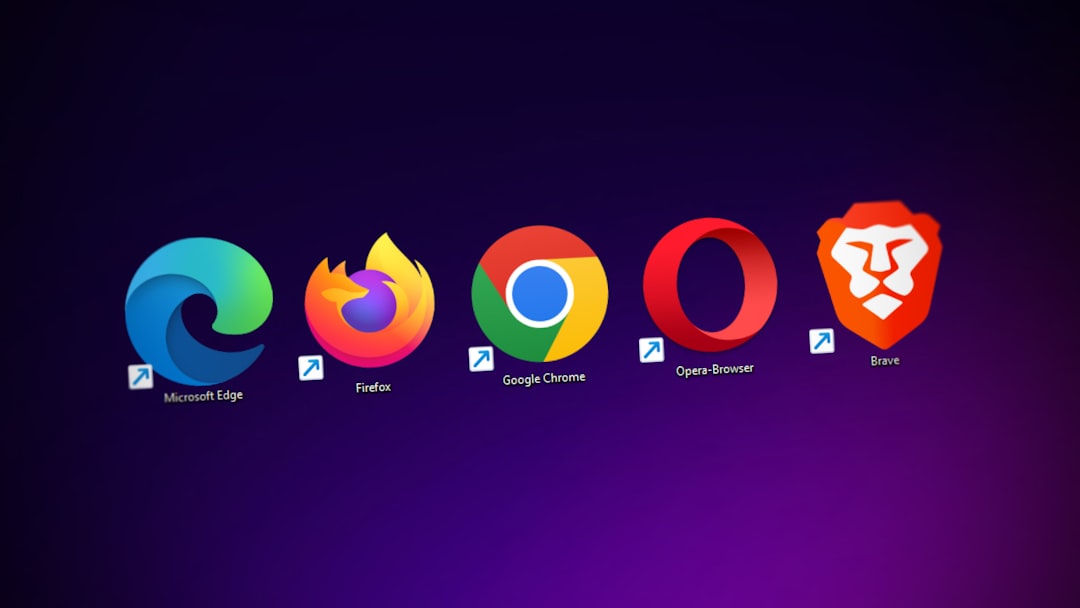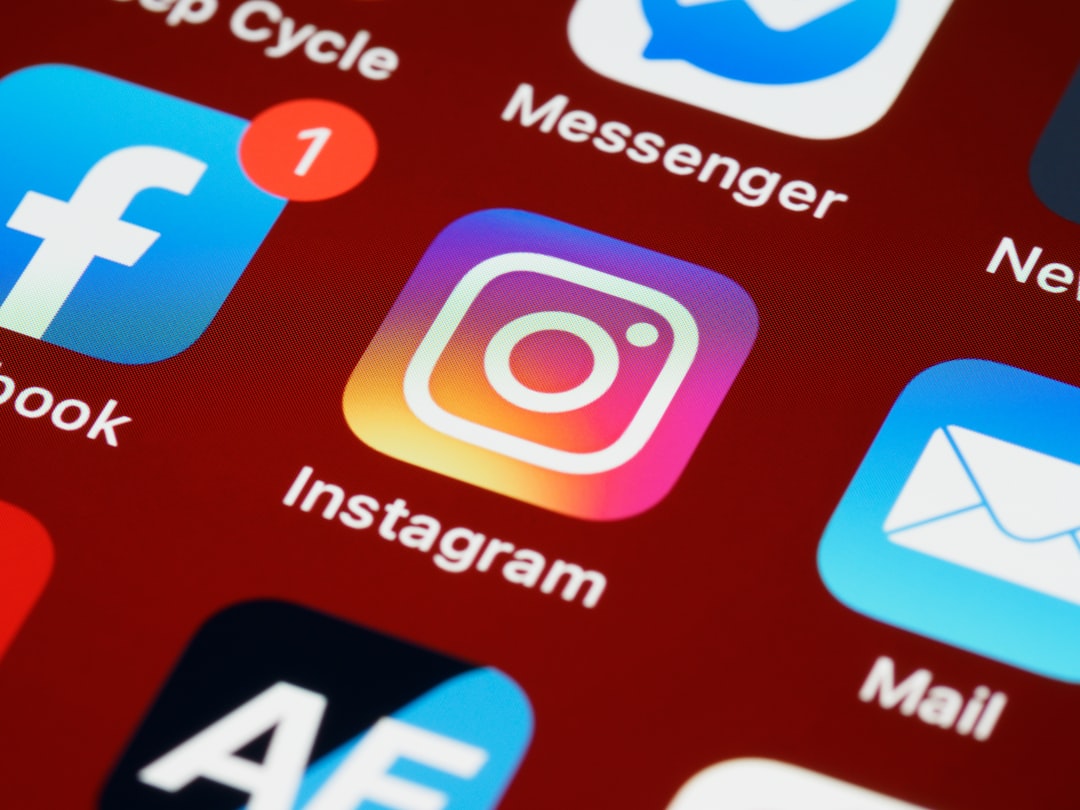Why Overcompensating Streaming Content Is Gaining Popularity Among U.S. Audiences in 2025
Over the past several years, streaming platforms have undergone a fundamental transformation in terms of both content creation and audience engagement. One particularly striking shift has been the rise of what critics and media analysts are calling overcompensating streaming content—programming that appears intentionally exaggerated, hyper-emotional, visually extravagant, or morally amplified to engage increasingly desensitized audiences. In 2025, this type of content is not only becoming more prominent but also massively popular among U.S. audiences. The question is: why?
This article explores the key factors driving the proliferation and acceptance of overcompensated content across American streaming services in 2025. From psychological shifts in viewer behavior to the competitive pressures of the attention economy, several forces are at play that are shaping the future of entertainment in visible, and occasionally unsettling, ways.
The Current State of Streaming in the U.S.
Streaming platforms continue to dominate American living rooms. Services like Netflix, HBO Max, Hulu, Amazon Prime Video, and Disney+ have been joined by a growing number of niche services and new entrants like ByteStream, VēLO, and NovaCue. The oversaturation of content has led to what media industry professionals call content fatigue. With audiences offered an avalanche of choices, standing out requires more than just quality—it requires spectacle.
The result? Streaming platforms now often favor programming that is louder, faster-paced, more dramatic, or excessively sentimental—traits that characterize overcompensating streaming content.

What is Overcompensating Content?
Overcompensating streaming content can be loosely defined as any visual media that appears overtly engineered to evoke strong reactions. This can manifest through:
- Dramatic exaggeration – Characters and plots that go beyond believability into melodrama.
- Visual excess – Neon lighting, rapid-fire scene transitions, nonlinear timelines, and surreal imagery.
- Overly moralistic themes – Binary portrayals of good and evil, with little nuance or ambiguity.
- Emotional hyperbole – Scenes designed to provoke tears, outrage, or euphoria unequivocally.
While once viewed as lowbrow or sensationalist, this kind of content is finding legitimacy among major streaming networks in 2025 as a viable strategy to retain viewership.
Psychological Hunger for Stimulation
According to behavioral science experts, the overconsumption of digital media has begun to rewire audience preferences. Viewers are subconsciously developing a higher “stimulation threshold”—a level of intensity they now require to feel engaged. This neurological adaptation contributes to the growing success of overcompensating content.
Dr. Leona Brawner, a professor of cognitive media studies at the University of Colorado, notes: “We are witnessing a new era in audience psychology. For stories to ‘matter’ today, they must not only be told well, they must also hijack attention. The baseline for emotional stimulation is no longer subtlety—it is spectacle.”
Social Media and the Performance of Emotion
Another key factor contributing to the trend is the influence of social media platforms like TikTok, X (formerly Twitter), and Instagram. These platforms reward content that can be dissected, memed, and emotionally amplified. As a result, streaming services now design certain scenes or character arcs specifically for social virality. In essence, streaming content doesn’t just seek to entertain—it seeks to be performative in a way that is shareable.
For example, when the series “Tempest Hearts” premiered on StreamOrb in early 2025, fans shared over 40,000 reaction videos within 48 hours. What drove this buzz wasn’t just the plot, but the wildly exaggerated emotional climaxes—crying fits, dramatic showdowns, improbable betrayals—all designed with social engagement in mind.

Economic Incentives and Platform Competition
With increasing fragmentation in the streaming ecosystem, each service is under tremendous pressure to deliver both subscriptions and sustained engagement. The so-called “Streaming War 3.0” has created an environment where average shows get lost, and only the most striking content survives.
This is prompting studios to deploy heavy market research into which scenes are most likely to go viral, which tropes provoke emotional reactions, and which narratives trigger social conversations. Overcompensation isn’t accidental—it’s often algorithmically pre-meditated.
Additionally, the economics of binge culture encourage more extreme storytelling to ensure that audiences not only start watching but can’t stop. Cliffhangers, intense pacing, and bold stylistic choices now play a critical role in viewer retention metrics.
Cultural Shifts and Escapism
The post-2020 era has been characterized by uncertainty—pandemics, economic fluctuations, and political polarization. As a result, many Americans are turning to media that offers clear emotional pathways, identifiable heroes and villains, and a sense of catharsis. Overcompensated content, with its dramatic highs and lows, provides just that.
There’s a growing appetite for “emotionally safe extremes,” where audiences can experience chaos, despair, joy, or redemption—all from the safety of their living rooms. And because these narratives often resolve in exaggerated or karmically satisfying ways, they offer a soothing, if unrealistic, contrast to real-life ambiguity.
Criticism and Ethical Concerns
Despite its popularity, overcompensated streaming content is not without criticism. Scholars, media ethicists, and critics are raising concerns about the impact of this trend on viewers’ emotional development, narrative expectations, and even societal judgment.
Some experts fear that the manic pacing and emotional manipulation in such content may hinder viewers’ ability to engage with more nuanced forms of storytelling in the future. There’s additional worry that the constant exposure to overstated narratives can erode critical thinking, make subtle storytelling appear dull, and reinforce binary moral frameworks.
Nonetheless, for now, the demand continues to grow. Platforms argue they are simply responding to what the data and viewer feedback show: heightened, overcompensated content performs better and retains viewers longer.
Examples of Overcompensated Content of 2025
To illustrate this rising trend, here are some of the most talked-about overcompensated streaming series from this year:
- “Tempest Hearts” (StreamOrb) – A teen melodrama filled with epic betrayals and near-apocalyptic relationship crises.
- “Lightning in Veins” (NovaCue) – A sci-fi thriller lauded for its dizzying CGI, cryptic morality, and near-constant urgency.
- “The Prodigal Lie” (ByteStream) – A psychological mystery that pushes extreme themes of guilt, redemption, and emotional devastation, all wrapped in sensational visuals.
The Future of Storytelling: Can Balance Be Restored?
Looking ahead, questions remain about whether audiences will eventually tire of the excess. Some emerging streaming creators are beginning to push back—returning to slower, more intentional storytelling and betting on a future where depth will matter as much or more than impact. With AI-assisted production shaping more and more shows, a new hybrid may emerge: offerings that intertwine emotional resonance with algorithmic insights to better balance stimulation with authenticity.
Still, in 2025, it’s clear that overcompensating content is not just a trend—it’s a defining era in the evolution of digital storytelling. Whether it endures or gives way to a counter-movement toward minimalism will largely depend on the audience’s evolving expectations, and their capacity—or desire—to be emotionally recalibrated.
Conclusion
As U.S. audiences navigate a world of overwhelming choice and constant stimulation, streaming services are responding with equally intensified content. Whether seen as a necessary adaptation or a sign of cultural overstimulation, the rise of overcompensated content speaks volumes about where the media industry is heading. And, perhaps more importantly, it prompts us to ask whether in our quest for hyper-engaging stories, we’re losing touch with the quieter, subtler narratives that once defined great storytelling.



